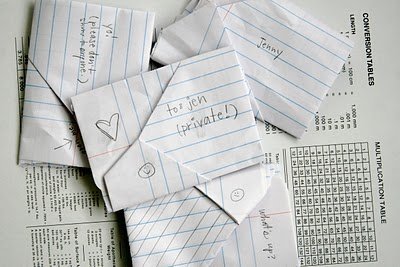
Girls: the real bullies?
Reading Just Girls, walked my group and I down memory lane. We found ourselves realizing just how true it is that in Junior high literacy practices that are not school sanctioned are what determine and play into social roles. Each clique or group of friends has certain literacy practices that they use to establish themselves. For us, we found that we each used different literacies, and could remember what type of literacies other girls used in their group of friends.
Yearbooks, a simple book of pictures to capture a year of school become an incredible literacy tool in this book. The way students use the yearbook, and perform literacy within it, make a lot of social implications. The decision of who gets to sign it, and then reading what they wrote to you, can make or break a jr. high girl’s social status. The book tells a story of one of the girls in the study who receives the words “BOOBS” in her yearbook by a boy. Despite the fact that she covers it up, all the girls want to see where it was written, and although they act disgusted, the girl with the word boobs, becomes the talk of the school, and thus the most popular. Our group talked about this directly and even came up with some examples of these situations from our past. It made one thing clear ; Literacy practices weren’t just defining the popular girls from the nice girls, but also defining the roles of boys and romance in young girls lives.
Juxtaposed with the girl who received the “dirty” message in her yearbook, were the girls who didn’t have yearbooks at all. Their inability (financially) to one and their lack of interest in it deemed them “unpopular.” Something about this literacy practice defines the social role of these girls, and how they are perceived by teachers, each other, parents and even themselves. We sympathized with these girls, realizing that junior high is a hard and very awkward age.
Our conclusion, much like the author’s, was that this age uses literacy practices to sort through a world that is in between childhood and adulthood. In a note written by one of the girls, there were two sentences next to each other that proved this. The first sentence asked if she could go trick-or-treating with the receiver of the note. Directly following that she writes that she is so desperate for a boyfriend. Seamlessly, she uses the literacy of passing a note to intertwine both the childish desires that hang around with the new adult desires.

 Website:
Website: